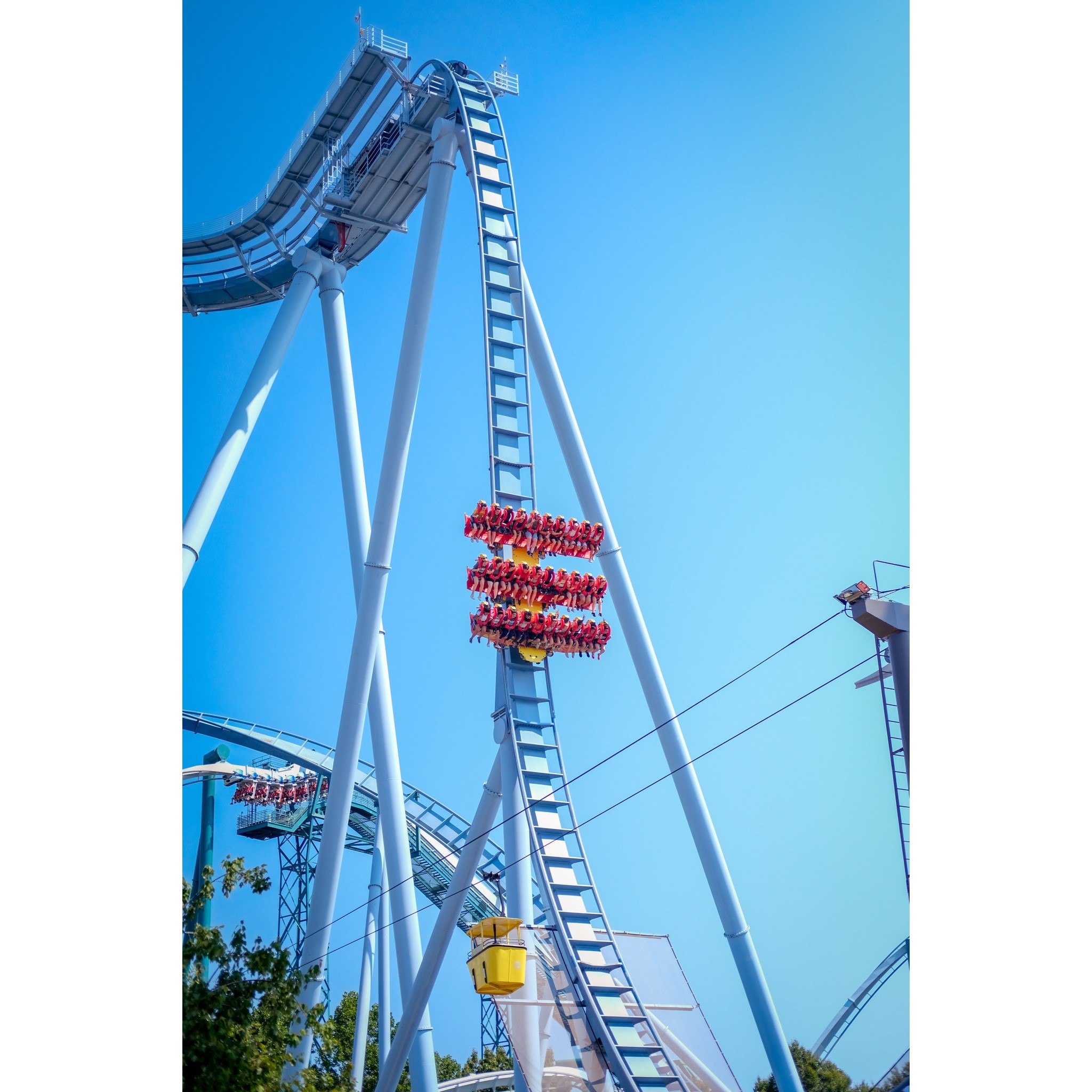It is often said that investing is much like riding a roller coaster. While I agree that the market can fluctuate greatly, thrill rides should only be experienced at the theme park.
Over the last few years, we have faced market conditions we could never have dreamed of. Investors have poured into high-risk investments, prodded on by social media and excess stimulus cash, in hopes of catching extraordinary returns. Unfortunately, these investors too often experience wide swings and have little reward to show for the risk taken.
Investing, like many things, comes with risk. However, there are different levels of risk based on each investment type. Successful investing requires discipline. Investors should know when they will need the money, how much risk they are willing to take, how much they can afford to lose, and what they expect to gain over a certain period.
Your personal goals should be the center of your investment strategy, as each will allow for a different level of risk. Goals can be segmented by timeframes: short-term, intermediate-term, and long-term.
A short-term goal might be money you are saving to purchase a new car in 3-5 years. Using lower-risk investments will protect you should the market turn down just when you need the money.
Intermediate-term goals could include college savings or planning for a child’s wedding, or it could also include early retirement for you and a spouse. In these situations, you can generally afford more risk as the time to recover from market volatility is greater.
Long-term goals are generally focused on preparing for retirement. In this case, your level of risk should be determined by your timeframe. The picture is different for someone 20 years from retirement than for someone knocking on the door to retirement. In this situation, the level of risk is determined by how much money you will need to access at a given time.
Regardless of your investment goals and timeframes, diversification is always the best strategy. No one knows with certainty which areas of the market will do well. Investing too much money in one stock or sector of the market can have a severe impact when markets turn negative. Diversification is implemented by spreading your money over many sectors of the market with varying levels of risk. While it does not protect from losses, it does reduce overall investment risk.
Putting your plans in place before the market takes a plunge will keep you from making hasty, emotionally charged decisions when you cannot think clearly. Remember, we are here to answer your questions. If the market has your feeling nervous, give us a call.




